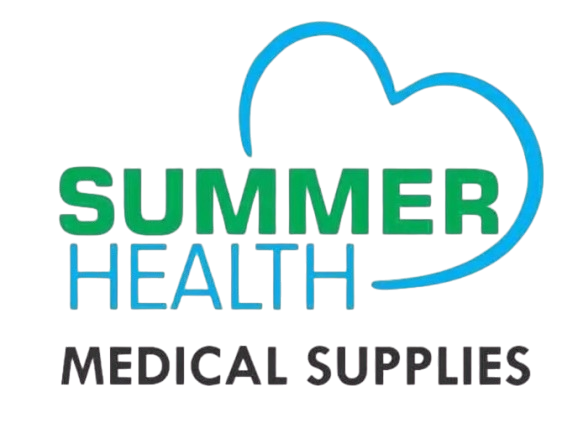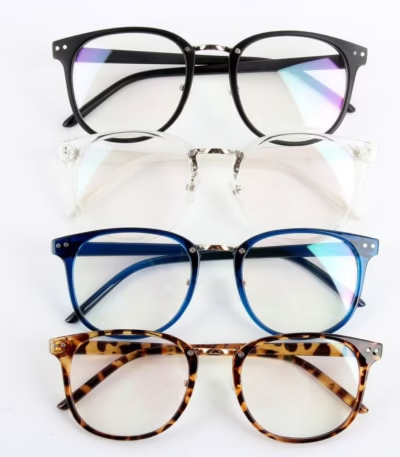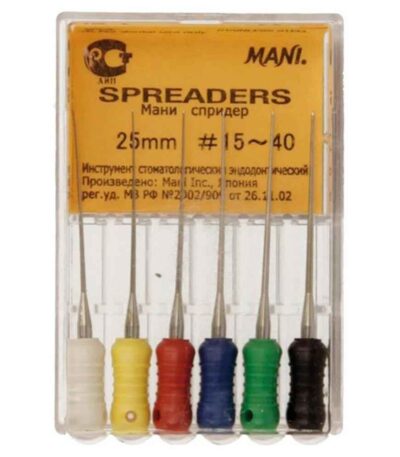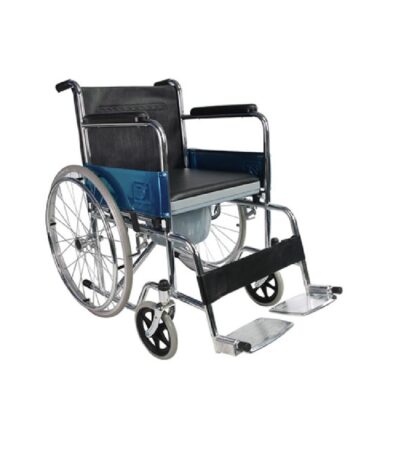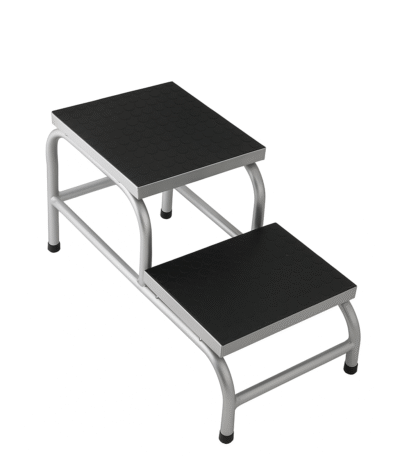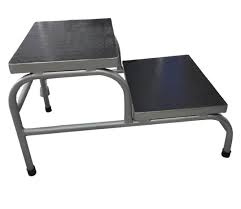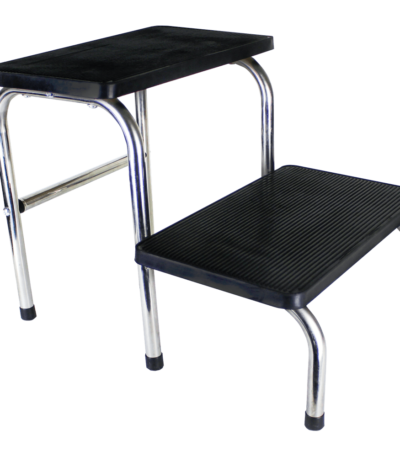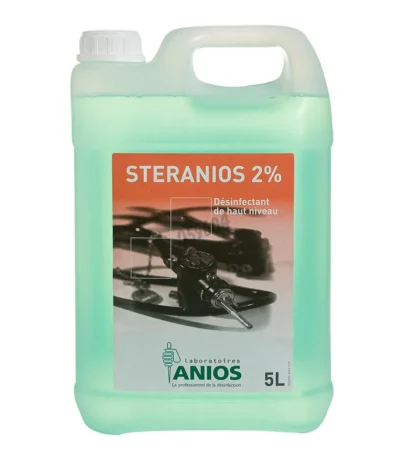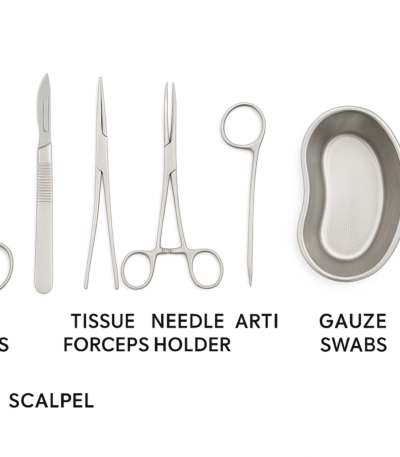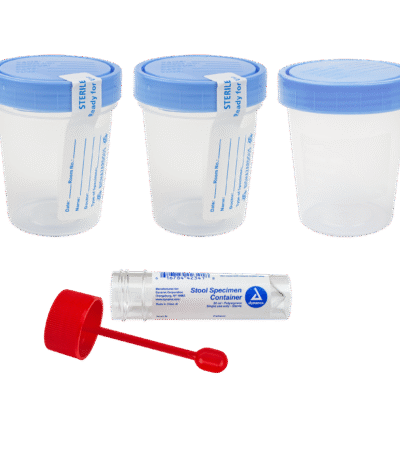Filter by price
Stock status
Showing 493–504 of 569 results
Sodium Reagents
1. Ion-Selective Electrode (ISE) Method
Most modern chemistry analyzers use ISE for sodium.
Reagents include:
-
Reference solution / Internal standard
-
Electrolyte solution for electrode stability
-
Conditioning solution
-
Cleaning solution
-
Calibration solutions (Low & High Na⁺ standards)
Principle:
The sodium ISE membrane selectively binds Na⁺ ions, generating an electrical potential proportional to sodium concentration. Calibration solutions are crucial for accuracy.
2. Flame Photometry Method
Older or standalone electrolyte analyzers may use flame photometry.
Reagents include:
-
Diluent
-
Standard sodium solution
-
Internal lithium standard (in some systems)
-
Cleaning solutions
Principle:
Sodium emits light at a characteristic wavelength (589 nm) when introduced into a flame. The emitted intensity is proportional to concentration.
3. Colorimetric (Photometric) Method
Used in some semi-automatic chemistry analyzers when ISE is not available.
Reagents include:
-
Ionophore-based chromogenic reagents
-
Buffer solution
-
Color-forming indicator dye
-
Stabilizers and preservatives
Principle:
Sodium ions react with a specific ionophore dye to produce a measurable color change.
Reagent Format
Sodium reagent kits may include:
-
Single bottle (for colorimetric systems)
-
Multi-solution packs (ISE systems)
-
Standards in sealed ampoules or bottles
-
Ready-to-use liquid formulations
Sample Types
-
Serum
-
Plasma
-
Urine (diluted appropriately)
-
Whole blood (in ISE blood gas analyzers)
Spectacle Frames
Spirit Lamp
Description:
A Spirit Lamp is a small laboratory flame source used for heating, sterilizing, and flame-sealing in dental and laboratory procedures. It burns alcohol (usually methylated spirit or ethanol) to produce a clean, smokeless flame.
Material:
-
Made from glass or stainless steel with a metal wick holder and cap.
-
Uses a cotton wick for controlled burning.
Features:
-
Portable and easy to use.
-
Produces a steady, smokeless flame.
-
Refillable with methylated spirit or ethanol.
-
Safety cap prevents evaporation and accidental ignition.
-
Available in various capacities (typically 100–250 ml).
Uses:
-
Sterilizing instruments (e.g., probes, tweezers, needles).
-
Heating materials during laboratory or clinical work.
-
Flame tests and microbiological applications.
Packaging:
-
Supplied individually, often with spare wick and cap.
Storage:
-
Store away from heat sources, sparks, and open flames.
-
Keep tightly closed when not in use.
Spreaders No. 15–40 (Endodontic Spreaders)
Standard Wheelchair
Key Features
- Durable Construction: Made with a high-quality stainless steel frame for long-lasting use.
- Comfortable Seating: Features comfortable and easy-to-clean upholstery.
- Smooth Mobility: Equipped with smooth-rolling wheels for easy maneuverability.
- User-Focused Design: Designed with user comfort and safety as a priority.
Stepping Stool
Stepping Stool
Steranios
Sterinious Solution – 5 Litres
Stitching Set
1. Cutting Instruments
-
Scalpel Handle with Blade (No. 10 or 15) – For making small incisions or trimming wound edges.
-
Suture Scissors (Straight or Curved) – Used to cut sutures after stitching.
-
Dissecting Scissors (Mayo or Metzenbaum) – For cutting tissue or fascia if needed.
2. Grasping and Holding Instruments
-
Needle Holder (Mayo-Hegar or Olsen-Hegar) – For holding and guiding the suture needle during stitching.
-
Tissue Forceps (Toothed) – For holding skin or tissue edges securely while suturing.
-
Dressing Forceps (Non-Toothed) – For handling dressings or delicate tissue without trauma.
3. Clamping Instruments
-
Artery Forceps / Hemostats (Straight and Curved) – For controlling bleeding by clamping blood vessels.
4. Retracting Instruments
-
Skin Hooks / Small Retractors – To hold back wound edges and improve visibility of the surgical site.
5. Accessory Instruments
-
Gauze Swabs – For cleaning and absorbing blood.
-
Syringe and Needle – For administering local anesthesia.
-
Sterile Bowl or Kidney Dish – For holding antiseptic or instruments.
6. Suturing Materials
-
Suture Threads (Absorbable or Non-Absorbable) – For wound closure.
-
Suture Needles (Curved or Straight) – Attached to or used with suture material.
7. Additional Items
-
Sterile Drapes or Towels – To maintain a sterile field.
-
Adhesive Bandages or Dressing Material – For covering the wound after stitching.
Stool Containers
Suction Catheter – All Sizes
A Suction Catheter is a flexible, sterile tube used for removing secretions such as mucus, blood, or saliva from the airway, trachea, or bronchial tubes of a patient to maintain a clear breathing passage. It is an essential item in anesthesia, intensive care, emergency medicine, and postoperative care.
